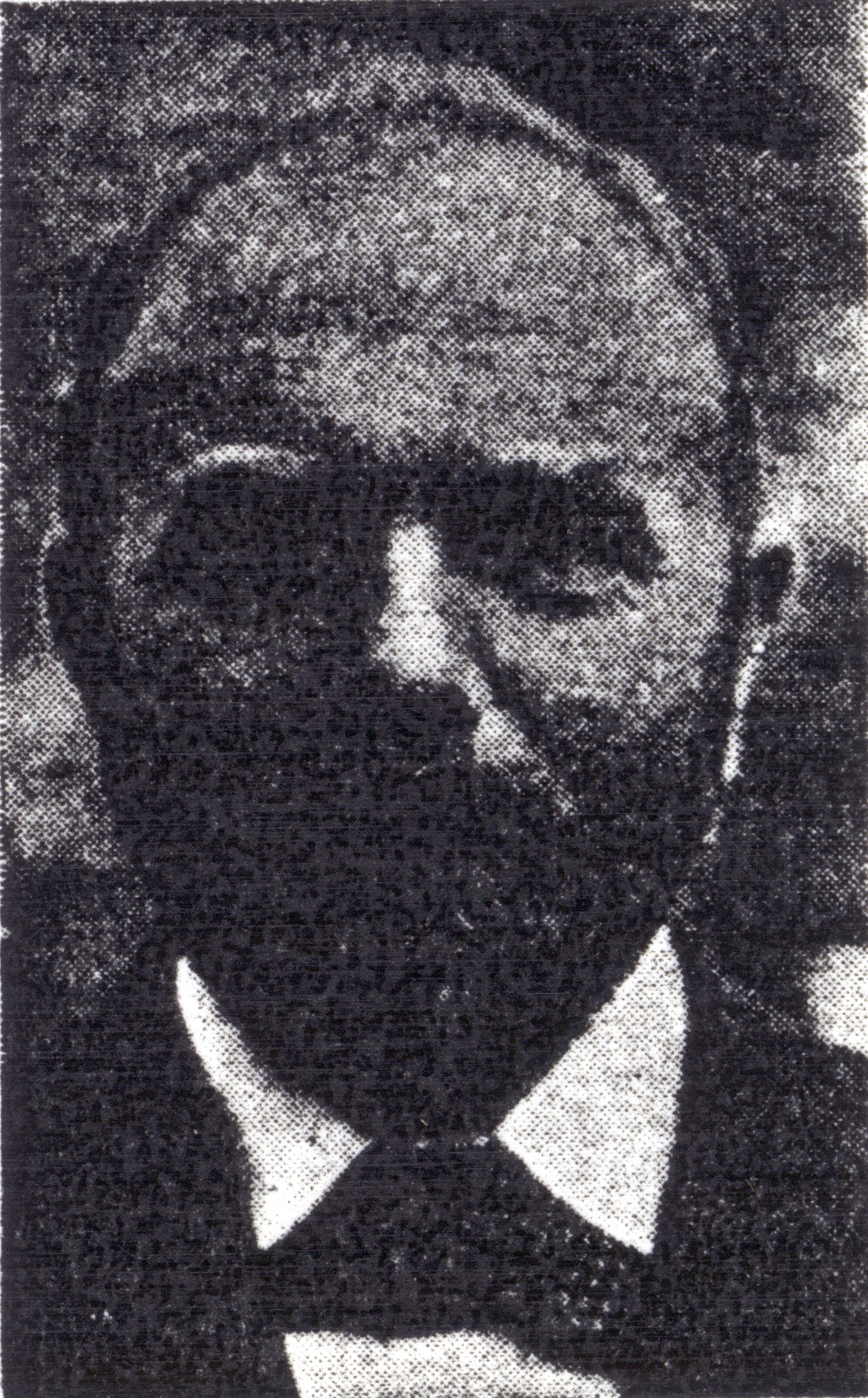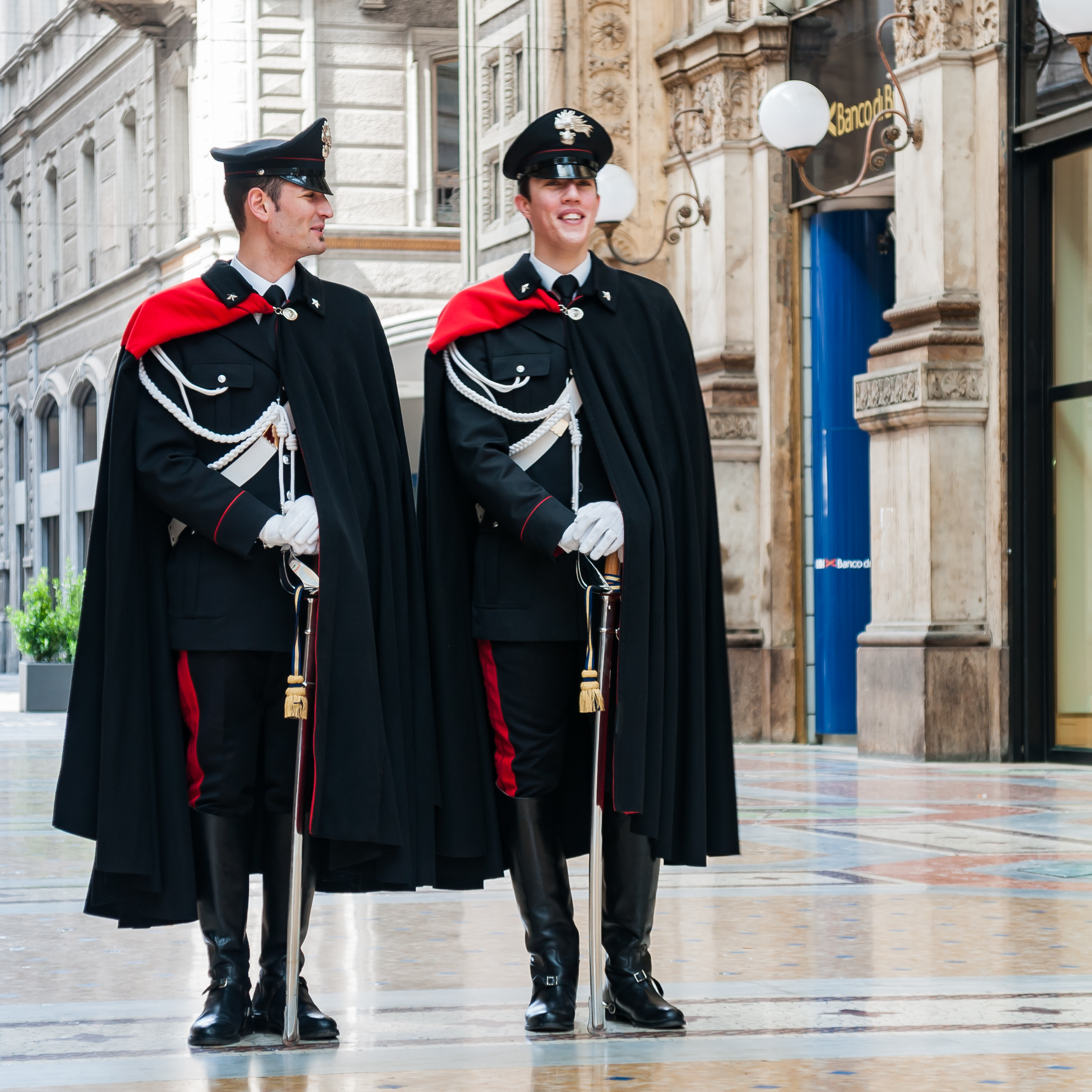|
CSAR Class E 4-10-2T
The Central South African Railways Class E of 1901 was a South African steam locomotive from the pre-Union era in Transvaal. In 1901 and 1902, during the Second Boer War, the Imperial Military Railways placed 35 tank locomotives with a wheel arrangement in service, built to the design of the Reid Tenwheeler of the Natal Government Railways. In 1902, they came onto the roster of the Central South African Railways and were designated Class E.Espitalier, T.J.; Day, W.A.J. (1944). ''The Locomotive in South Africa - A Brief History of Railway Development. Chapter III - Natal Government Railways''. (Continued). South African Railways and Harbours Magazine, June 1944. pp. 424-425.Espitalier, T.J.; Day, W.A.J. (1945). ''The Locomotive in South Africa - A Brief History of Railway Development. Chapter VI - Imperial Military Railways and C.S.A.R.'' (Continued). South African Railways and Harbours Magazine, January 1945. pp. 12-14. Origin When the Natal Government Railways (NGR) identifi ... [...More Info...] [...Related Items...] OR: [Wikipedia] [Google] [Baidu] |
Natal Government Railways
The Natal Government Railways (NGR) was formed in January 1877 in the Colony of Natal. In 1877, the Natal Government Railways acquired the Natal Railway Company for the sum of £40,000, gaining the line from the Point to Durban and from Durban to Umgeni. This move, inspired in part by the neighbouring Cape Prime Minister John Molteno's 1873 establishment of the Cape Government Railways, was intended to drive the extension of Natal's railways inland, towards the Drakensberg and eventually the Orange Free State. The Natal Government Railways also adopted the Cape gauge. The core line went from Durban to Volksrust, but reached Charlestown ( from the border of the South African Republic) in 1891 and was linked to the Witwatersrand in 1895. Other important lines were the one linking with the Orange Free State reaching Harrismith in 1892, as well as the North Coast and South Coast lines. In 1910, the Union of South Africa was formed and in 1912 the NGR combined with the other colo ... [...More Info...] [...Related Items...] OR: [Wikipedia] [Google] [Baidu] |
Orange River Colony
The Orange River Colony was the British colony created after Britain first occupied (1900) and then annexed (1902) the independent Orange Free State in the Second Boer War. The colony ceased to exist in 1910, when it was absorbed into the Union of South Africa as Orange Free State Province. Constitutional history During the Second Boer War, British forces invaded the Orange Free State, occupying the capital, Bloemfontein by 13 March 1900. Five months later, on 6 October 1900, the British government declared an official annexation of the full territory of the Orange Free State, this in-spite of the fact they had not yet occupied the full territory, nor defeated the Free State forces. The Free State government moved to Kroonstad during the early months of the war and its armies remained active in the field until the war's end. From the perspective of the Orange Free State, independence wasn't lost until they ratified the Treaty of Vereeniging on 31 May 1902. On the Boer sid ... [...More Info...] [...Related Items...] OR: [Wikipedia] [Google] [Baidu] |
Railway Locomotives Introduced In 1901
Rail transport (also known as train transport) is a means of transport that transfers passengers and goods on wheeled vehicles running on rails, which are incorporated in tracks. In contrast to road transport, where the vehicles run on a prepared flat surface, rail vehicles (rolling stock) are directionally guided by the tracks on which they run. Tracks usually consist of steel rails, installed on sleepers (ties) set in ballast, on which the rolling stock, usually fitted with metal wheels, moves. Other variations are also possible, such as "slab track", in which the rails are fastened to a concrete foundation resting on a prepared subsurface. Rolling stock in a rail transport system generally encounters lower frictional resistance than rubber-tyred road vehicles, so passenger and freight cars (carriages and wagons) can be coupled into longer trains. The operation is carried out by a railway company, providing transport between train stations or freight customer facili ... [...More Info...] [...Related Items...] OR: [Wikipedia] [Google] [Baidu] |
Cape Gauge Railway Locomotives
A cape is a clothing accessory or a sleeveless outer garment which drapes the wearer's back, arms, and chest, and connects at the neck. History Capes were common in medieval Europe, especially when combined with a hood in the chaperon. They have had periodic returns to fashion - for example, in nineteenth-century Europe. Roman Catholic clergy wear a type of cape known as a ferraiolo, which is worn for formal events outside a ritualistic context. The cope is a liturgical vestment in the form of a cape. Capes are often highly decorated with elaborate embroidery. Capes remain in regular use as rainwear in various military units and police forces, in France for example. A gas cape was a voluminous military garment designed to give rain protection to someone wearing the bulky gas masks used in twentieth-century wars. Rich noblemen and elite warriors of the Aztec Empire would wear a tilmàtli; a Mesoamerican cloak/cape used as a symbol of their upper status. Cloth and clothin ... [...More Info...] [...Related Items...] OR: [Wikipedia] [Google] [Baidu] |
Neilson Reid Locomotives , a village and parish in East Renfre ...
Neilson may refer to: Places * Zec Batiscan-Neilson, in the Portneuf Regional County Municipality, Quebec, Canada * Neilson Township, in Portneuf Regional County Municipality, Quebec, Canada * Neilson River (Bras du Nord), Saint-Raymond, Portneuf Regional County Municipality, Quebec, Canada Business * Neilson Dairy, or William Neilson Dairy Limited, a Canadian dairy company * Neilson and Company, 19th century locomotive manufacturer in Glasgow, Scotland Other uses * Neilson (name), people with the given name or surname * Roger Neilson Memorial Award, annual award for the top academic College/University player in the Ontario Hockey League See also * Nielsen (other) * Neilston Neilston ( sco, Neilstoun, gd, Baile Nèill, ) is a village and parish in East Renfrewshire in the west central Lowlands of Scotland. It is in the Levern Valley, southwest of Barrhead, south of Paisley, and south-southwest of Renfrew, at t ... [...More Info...] [...Related Items...] OR: [Wikipedia] [Google] [Baidu] |
2E1 Locomotives
E1, E01, E.I or E-1 may refer to: Transportation Aircraft * Azcárate E-1, a Mexican sesquiplane trainer * Fokker E.I, a German fighter aircraft * Grumman E-1 Tracer, an American airborne early warning aircraft * Hydra Technologies E1 Gavilán, a hand-launched Mexican unmanned electronic surveillance drone * Junkers E.I, the Idflieg designation for the 1916 Junkers J1 monoplane * LVG E.I, a 1915 German two-seat monoplane * NFW E.I, a 1917 German monoplane fighter * Pfalz E.I, a Morane-Saulnier H monoplane built under licence for Germany * Siemens-Schuckert E.I, a 1915 German single seat monoplane * Standard E-1, a 1917 early American Army fighter aircraft Automobiles * BMW E1, a 1991 and 1993 German electric/hybrid city car concept * BYD e1, a 2019–present Chinese electric city car * Dongfeng Fengguang E1, a 2019–present Chinese electric mini crossover * Haima E1, a 2020–present Chinese electric city car * Roewe, a 2012 Chinese electric city car concept * E1, a Mazd ... [...More Info...] [...Related Items...] OR: [Wikipedia] [Google] [Baidu] |
CSAR Locomotives
CSAR, or Csar may refer to: * Caris Spatial Archive, a file format for storing bathymetry data * Center for the Simulation of Advanced Rockets * Central South African Railways * Combat search and rescue * ''Cosa succederà alla ragazza'', a 1992 music album by Lucio Battisti * ''Comité secret d'action révolutionnaire'', a French anti-communist group better known as La Cagoule * Alternative spelling of the title of nobility, Tsar * Günther Csar Günther Csar (born 7 March 1966, in Zell am Ziller) is a former Austrian nordic combined skier who competed during the late 1980s and early 1990s. He won a bronze medal in the 3 x 10 km team event at the 1988 Winter Olympics in Calgary and al ... (born 1966) * Child Sexual Abuse Regulation ( Regulation to Prevent and Combat Child Sexual Abuse) {{disambiguation ... [...More Info...] [...Related Items...] OR: [Wikipedia] [Google] [Baidu] |
Cape Government Railways
The Cape Government Railways (CGR) was the government-owned railway operator in the Cape Colony from 1874 until the creation of the South African Railways (SAR) in 1910. History Private railways The first railways at the Cape were privately owned. The Cape Town Railway and Dock Company started construction from Cape Town in 1859, reaching Eerste River by 1862 and Wellington by 1863. Meanwhile, by 1864, the Wynberg Railway Company had connected Cape Town and Wynberg. For the moment, railway development at the Cape did not continue eastwards beyond Wellington because of the barrier presented by the mountains of the Cape Fold Belt. Formation of CGR The discovery of diamonds, and the consequent rush to Kimberley that started in 1871, gave impetus to the development of railways in South Africa. Shortly afterwards, in 1872, the Cape Colony attained responsible government under the leadership of Prime Minister John Molteno, who presented plans for an enormous network of railways ... [...More Info...] [...Related Items...] OR: [Wikipedia] [Google] [Baidu] |
South African Class 6C 4-6-0
The South African Railways Class 6C 4-6-0 of 1896 was a steam locomotive from the pre-Union era in the Orange Free State. Between 1896 and 1898, the ''Oranje-Vrijstaat Gouwerment-Spoorwegen'' placed 24 new Cape 6th Class steam locomotives with a Tenwheeler type wheel arrangement in service, designated 6th Class L2. When British forces invaded the Orange Free State during the Second Boer War, these locomotives were taken over by the Imperial Military Railways. After the war, they were renumbered onto the Central South African Railways roster and designated Class 6-L2. In 1912, when the remaining 23 locomotives were assimilated into the South African Railways, they were renumbered again and designated Class 6C.Classification of S.A.R. Engines with Renumbering Lists, issued by the Chief Mechanical Engineer's Office, Pretoria, January 1912, pp. 8, 12, 14, 31 (Reprinted in April 1987 by SATS Museum, R.3125-6/9/11-1000) Manufacturers The original Cape 6th Class locomotive had been d ... [...More Info...] [...Related Items...] OR: [Wikipedia] [Google] [Baidu] |



